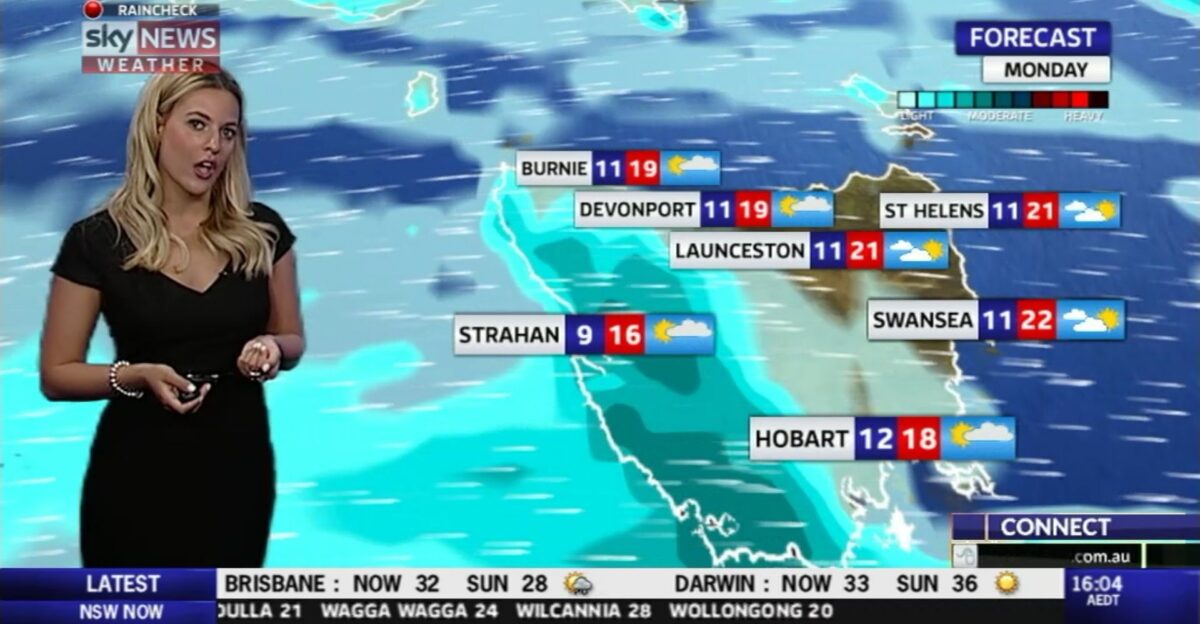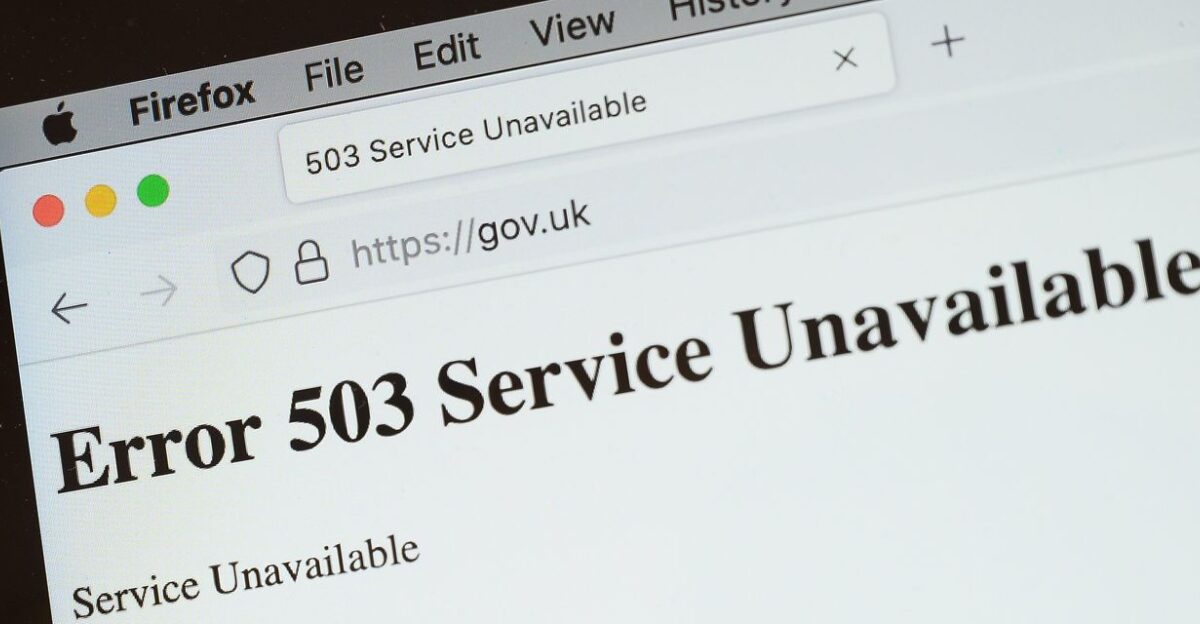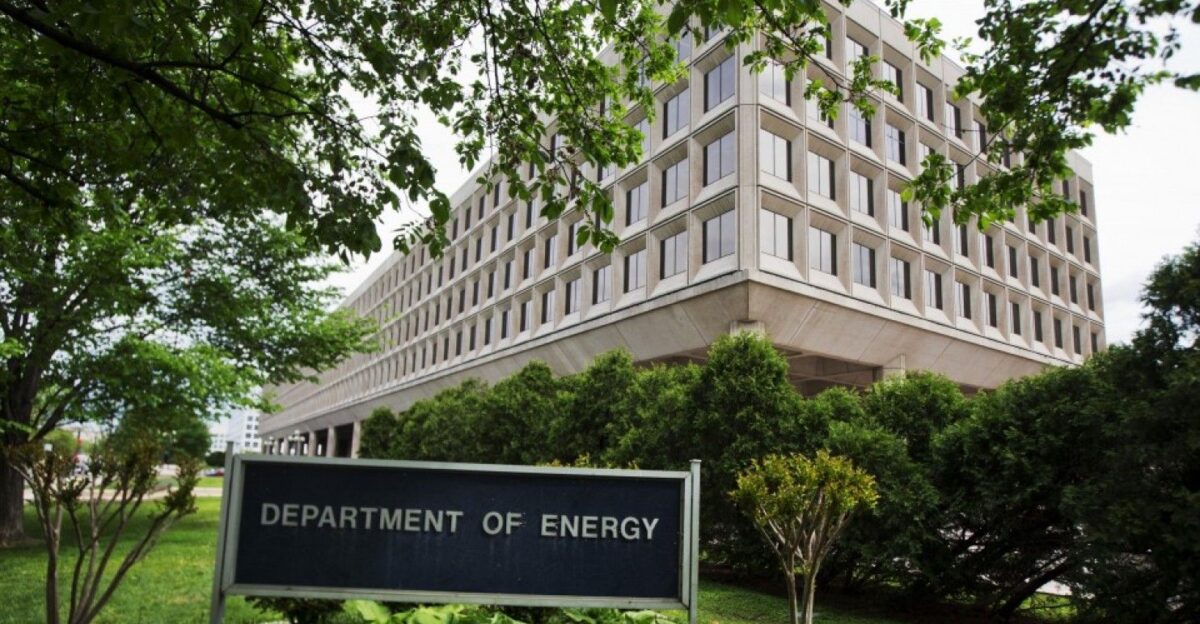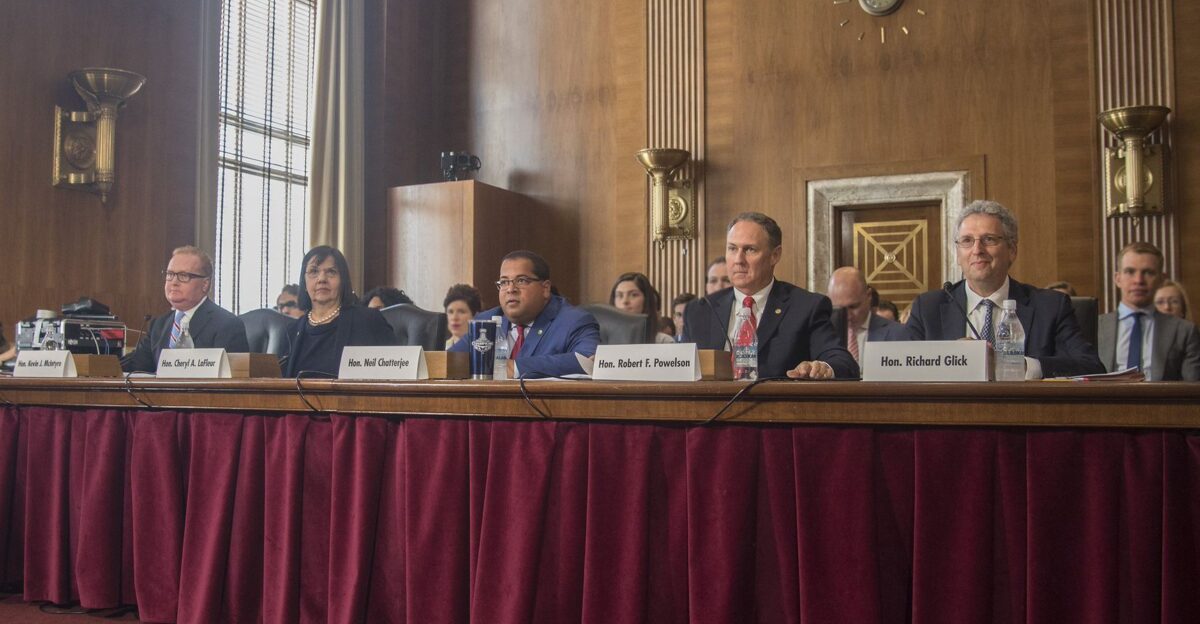
Imagine waking up one day to find that a crucial source of climate data that shapes national policies and informs public awareness has suddenly disappeared from its usual federal platform. This data has been essential for communities across the United States to prepare for climate disasters such as floods, droughts, and heat waves.
Without easy access, local governments, scientists, and citizens lose a critical tool for understanding and responding to climate risks. Recently, the official website of the U.S. Global Change Research Program (USGCRP) was taken offline without public warning, sparking concern and confusion. This abrupt blackout signals a significant shift in how climate information is managed and shared at the federal level.
A Trusted Resource for Over 25 Years

For more than 25 years, the USGCRP has produced congressionally mandated National Climate Assessments every four years under the Global Change Research Act of 1990. These comprehensive reports compile peer-reviewed scientific research, providing detailed analyses of climate change impacts nationwide.
They offer region-specific information on how rising temperatures, changing precipitation patterns, and extreme weather events affect ecosystems, economies, and public health. Policymakers, researchers, educators, and the public have depended on these assessments to understand the evolving climate landscape and to guide informed decision-making. The reports represent a cornerstone of federal climate science communication, trusted for rigor and transparency. The last report was issued in 2023, with the Sixth Assessment due in 2027.
Website Taken Offline, Data Relocated but Not Deleted

Between June 30 and July 1, 2025, the USGCRP’s official climate website was offline without public notice. While some initially feared the data had been deleted, multiple sources confirm that the data, including all five National Climate Assessments, is not permanently erased but is being relocated to NASA’s website.
However, as of July 7, 2025, this data has not yet been available. Archived versions of the National Climate Assessments and related materials remain accessible through NOAA, independent libraries, and web archive services such as the Wayback Machine. This reassures users that the data is not entirely lost, though the ease of access has been significantly reduced.
Staff Changes: Contractors Cut, Career Scientists Remain

In April 2025, the Trump administration canceled contracts with roughly 400 volunteer authors working on the Sixth National Climate Assessment, effectively pausing work on the report. However, no public evidence exists of mass layoffs of career federal scientists within NOAA or NASA.
This distinction is essential, as the original reports of a broad scientific purge were overstated. The administration has framed these changes as a “policy reset” to improve scientific integrity and transparency. However, the abrupt execution and lack of communication have raised alarms in the scientific community.
Legal Context: Federal Requirement to Publish Assessments

Under the Global Change Research Act of 1990, the federal government is legally required to publish a National Climate Assessment every four years. The last report came out in 2023, and the next was due in 2027.
The current pause and website shutdown raise questions about the government’s ability to meet this legal mandate on schedule.
Balancing Perspectives: Transparency vs. Realignment

While some critics view the website shutdown and data relocation as censorship or political interference, the White House maintains that these steps are part of a realignment intended to improve the quality and transparency of federal climate science.
However, the lack of transparency and abrupt removal of public access have caused significant concern among scientists, policymakers, and environmental advocates.
Alternative Sources for Climate Data

Despite the federal website’s shutdown, some climate data and reports remain available through other federal agencies such as NASA, NOAA, and the Environmental Protection Agency (EPA), as well as independent organizations like Climate Central and the Intergovernmental Panel on Climate Change (IPCC).
States and private groups have also launched their climate data initiatives to fill the void, though these efforts lack the centralized authority and comprehensive scope of the USGCRP.
Impact on Local and Vulnerable Communities

The National Climate Assessments included interactive tools with county-level data critical for local officials and planners. These tools enabled detailed climate risk assessments tailored to specific regions, helping communities develop targeted resilience and adaptation strategies.
The removal of easy access to these tools disproportionately affects minority and Native American communities, which rely heavily on localized data to advocate for protections and resources. Without these federally provided resources, local governments and advocacy organizations face significant challenges in preparing for climate impacts, potentially increasing vulnerability and reducing the effectiveness of emergency responses.
Scientists and Public Reactions

The scientific community and former federal employees have expressed deep concern over the shutdown. Many describe the move as disrupting federal climate science continuity and warn that the absence of publicly available data hampers informed decision-making.
Public demand for transparent, reliable climate science continues to grow amid increasingly frequent climate disasters, making the federal retreat from open data sharing all the more troubling. Congressional leaders, environmental watchdogs, and advocacy groups have called for clarity and restoration of access, emphasizing the importance of federally coordinated climate information for national resilience.
What Lies Ahead?

Critical questions remain: Will the climate data become fully accessible and transparent again, or is this the start of a long-term information blackout? How will communities adapt without federally coordinated climate intelligence? The nation faces a pivotal moment in balancing transparency with political considerations.
Citizens, scientists, and policymakers must watch closely and advocate for openness and accessibility. The choice is clear: maintain transparency on climate science or risk silence that could undermine the nation’s resilience to climate change.
Correction Disclaimer:
An earlier version of this article incorrectly stated that the Biden administration canceled contracts with volunteer authors working on the Sixth National Climate Assessment in April 2025. This action was taken by the Trump administration.







